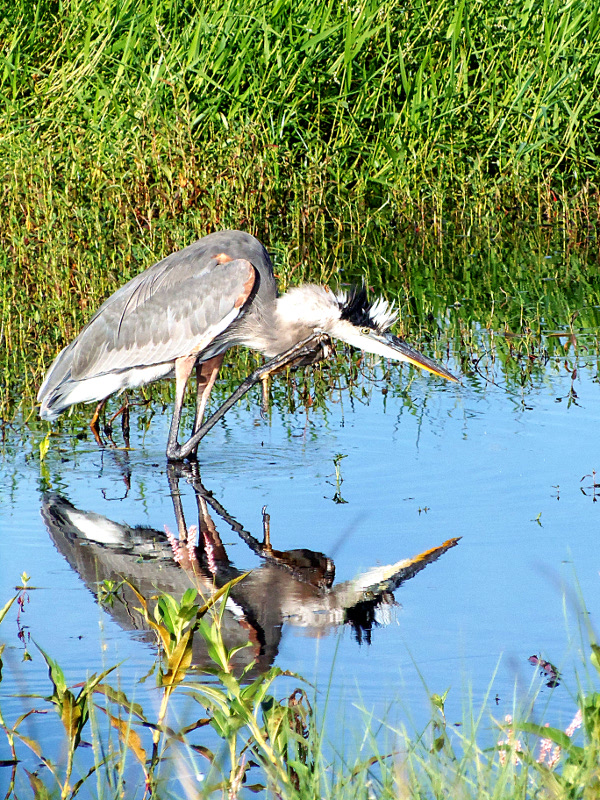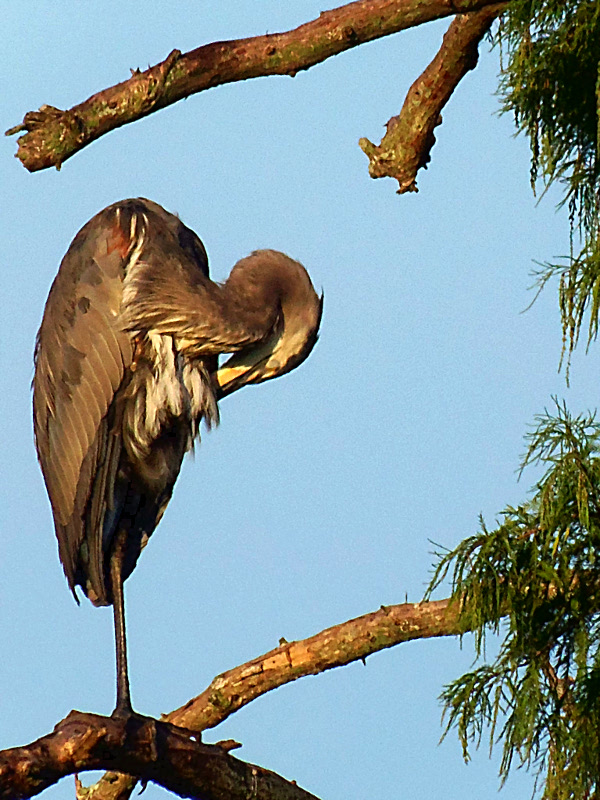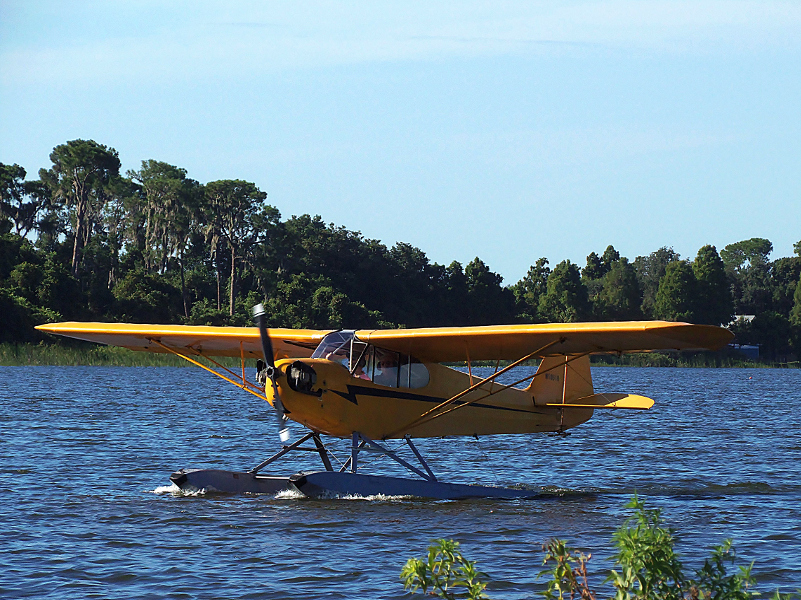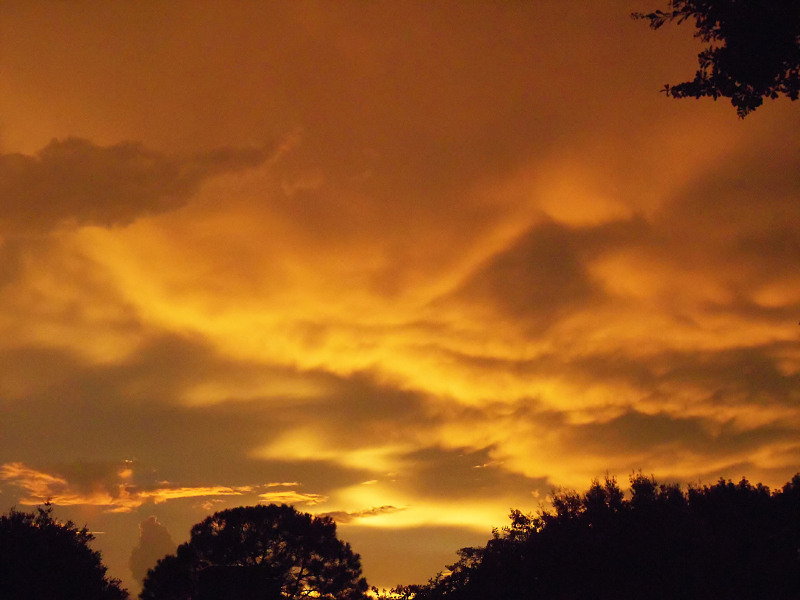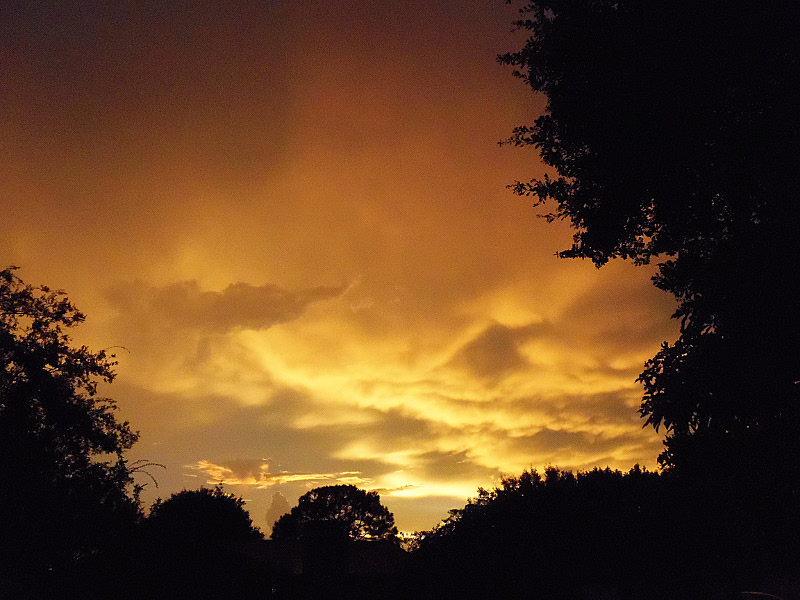The Great Egret is a large wading bird that is commonly found in or near water or swamps. The taxonomic name of the Great Egret (American) is Ardea alba egretta and it is also commonly known as the common egret, large egret, great white egret or great white heron.. They are typically tall, long-legged wading birds with long, S-curved necks and long, dagger-like bills. All of the feathers on Great Egrets are white. Their bills are yellowish-orange, and the legs black. During the breeding season long feathery plumes grow from the Great Egret’s Back that are called aigrettes and are used in a courtship display. The area around the eyes also changes color to a striking green. The Great Egret is a very commonly seen bird in central Florida especially near swampy areas or in shallow water. When in flight, the long neck is tucked in and the legs extend far beyond the tip of the short tail.
Great Egrets are equally at home in salt water and fresh water habitats. They tend to be colonial nesters, typically placing their stick nests high in trees, often on islands that are isolated from mammalian predators such as raccoons.
Common Egrets or Great Egrets wade in shallow water (both fresh and salt) to hunt fish, frogs, and other small aquatic animals. They can also be seen on dry land near bushes hunting small lizards and insects. They are typically ambush hunters, standing still for long periods of time to let their prey come in range and then, with startling speed, the egrets strike with a jab of their long neck and bill.





